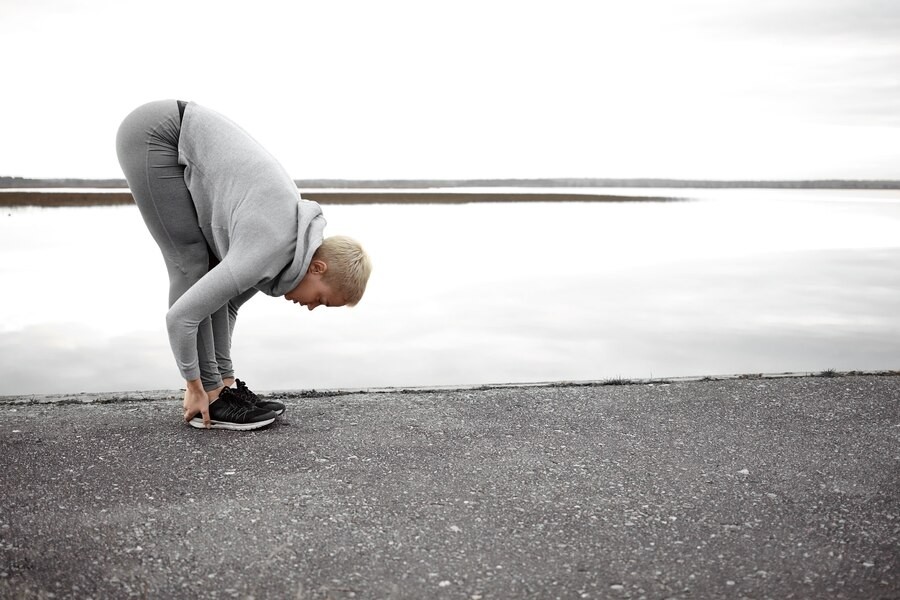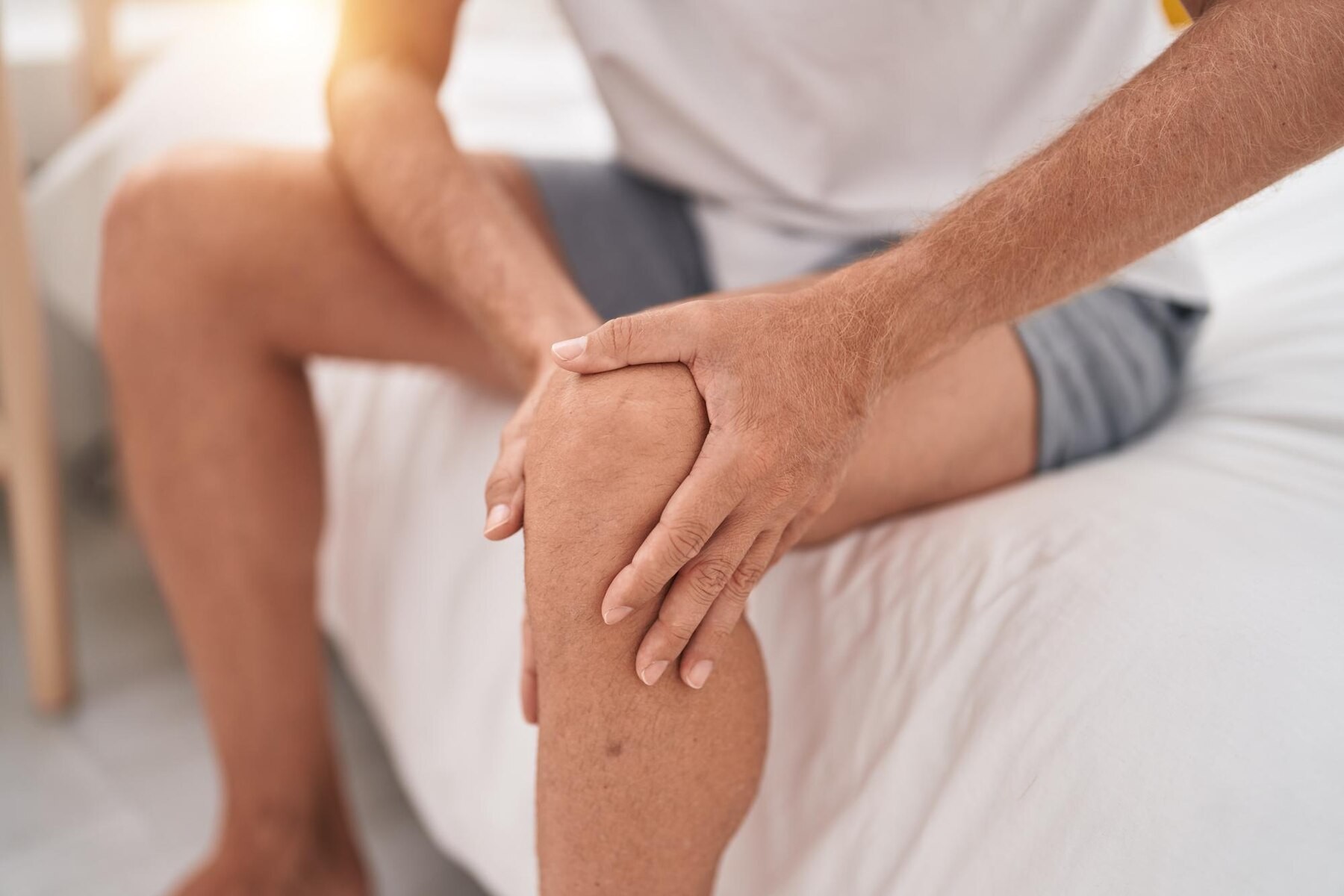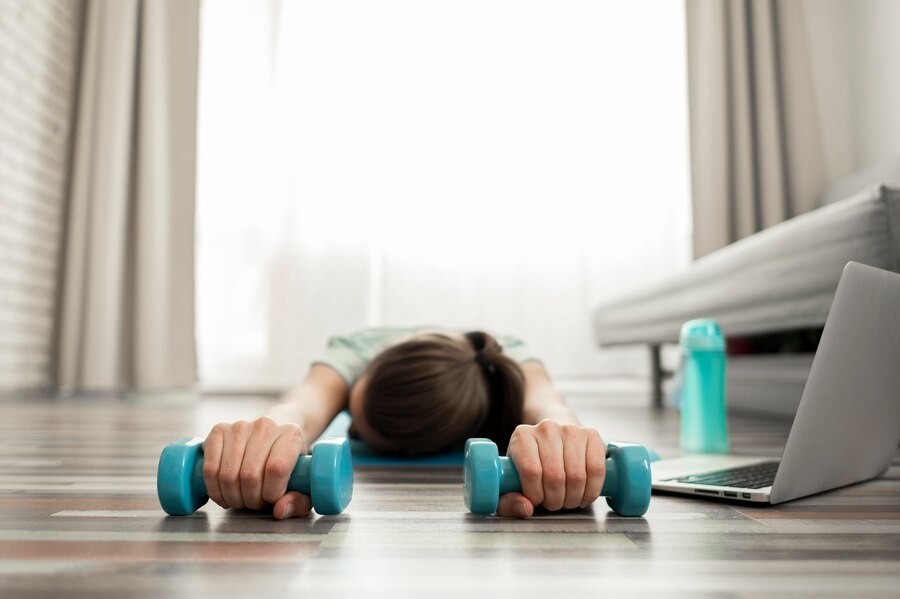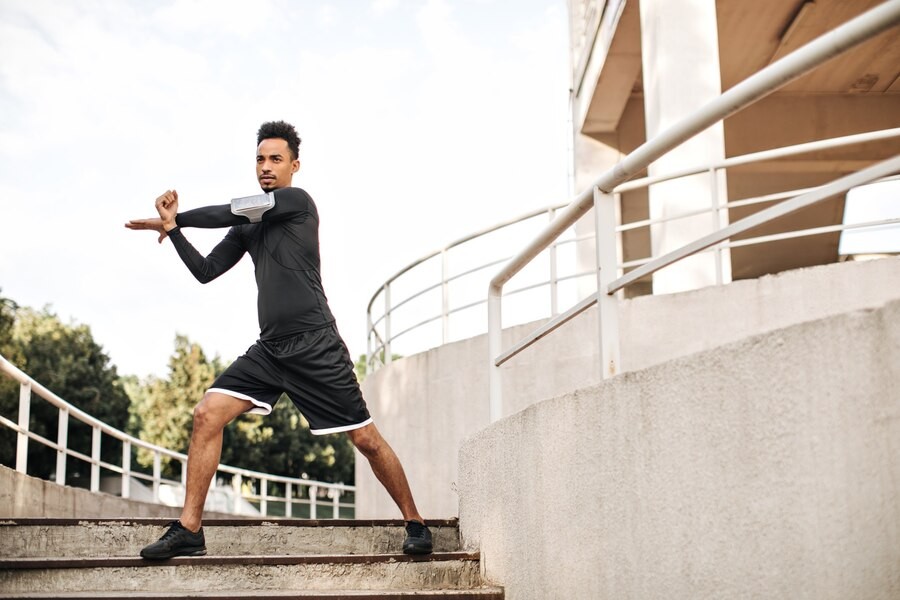Some people prefer to exercise barefoot, including during Poundfit classes. While practicing barefoot can provide benefits such as increased leg strength and balance, it is sometimes safer to exercise with shoes on. Learn about the risks of going barefoot in Poundfit.
Risk of injury when going barefoot in Poundfit
In recent years, there has been a growing trend among fitness enthusiasts to exercise barefoot, including in exercises like Poundfit. However, practicing Poundfit without shoes raises the risk of heel injuries.
Poundfit requires a lot of rhythmic movement and jumping. The risk of heel injury or pain increases, particularly if improper technique or posture is used or if you have previously sustained a heel injury.
Practicing Poundfit without shoes increases the risk of heel injury for several reasons, including:
Reduced support for the foot
Sports shoes are designed to provide support and cushion pressure. Going barefoot means losing this protection, which can put additional strain on the heels when performing quick jumping and standing movements.
Hard surface
Many Poundfit classes take place on hard studio floors. Going barefoot without an exercise mat increases the risk of heel injuries.
Incorrect technique
Without shoes, you may find that your step and landing patterns change. This poor technique may increase the risk of injury.
When should you wear shoes?
Although practicing barefoot has some advantages, such as increasing foot strength and balance, wearing shoes is considered safer in some cases, particularly if you have a history of heel problems or injuries.
You should wear shoes when exercising in the following conditions:
- If you have previous foot injuries or problems such as plantar fasciitis, Achilles tendinitis, or other bone problems.
- If engaging in high-impact activities such as running, aerobics, or sports with a lot of jumping and sudden movements. Well-cushioned shoes can help absorb shock and protect the feet.
- If exercising on rough, uneven, or potentially dangerous surfaces such as cobblestone streets, sandy floors, or areas with debris.
- If you have a condition such as flat feet (pes planus).
- If participating in sports such as weightlifting,. Stable, flat-topped shoes can help maintain balance and reduce the risk of injury.
By considering these factors, you can determine whether it is best to train barefoot or in shoes. If you experience heel pain or swelling after exercise, you should see a doctor.
If you need medical advice or consultation, you can either visit a doctor or make use of the consultation features that are available in the Ai Care application by downloading the Ai Care application from the App Store or Play Store.
Looking for more tips and health tricks, first aid, and home remedies? Click here!
- dr Nadia Opmalina
Lori M. King, Ph.D (2024). What Is Plantar Fasciitis?. Available from: https://www.webmd.com/fitness-exercise/understanding-plantar-fasciitis-basics
Cleveland Clinic (2022). Plantar Fasciitis. Available from: https://my.clevelandclinic.org/health/diseases/14709-plantar-fasciitis
Poundfit. About. Available from: https://poundfit.com/about/
Poundfit. The Pound Beat. Available from: https://poundfit.com/poundfit_blog/teaching-the-four-positions/
Lauren David (2023). Working Out Barefoot: Pros and Cons. Available from: https://www.verywellfit.com/working-out-barefoot-6834637
Julia Ries (2023). Should You Start Working Out Barefoot? Experts Discuss the Pros and Cons. Available from: https://www.health.com/should-you-exercise-barefoot-7501429












